10 Of The Coolest Homologation Specials Ever Made
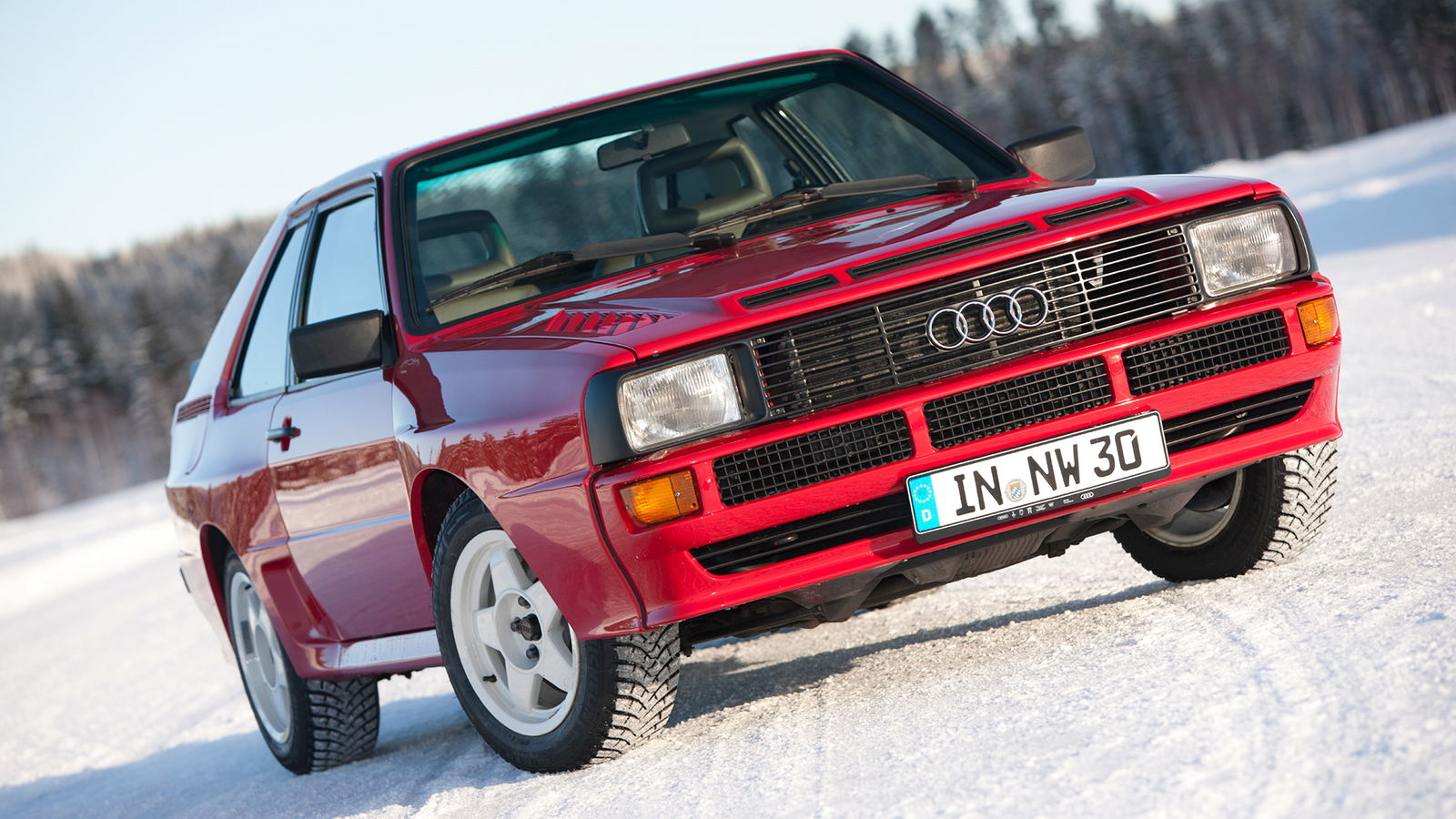
Fast road cars are very cool. Race cars are even cooler. You know what’s cooler than both of those? Fast road cars built with the sole intention of taking them racing. Welcome, the homologation special.
Be it for rallying or circuit racing, homologation specials are designed explicitly to allow a car to go racing in a manufacturer’s chosen category, leading to some truly special cars. Picking the coolest of them all is a big debate, but we’ve had a crack.
Porsche 911 GT1 Strassenversion
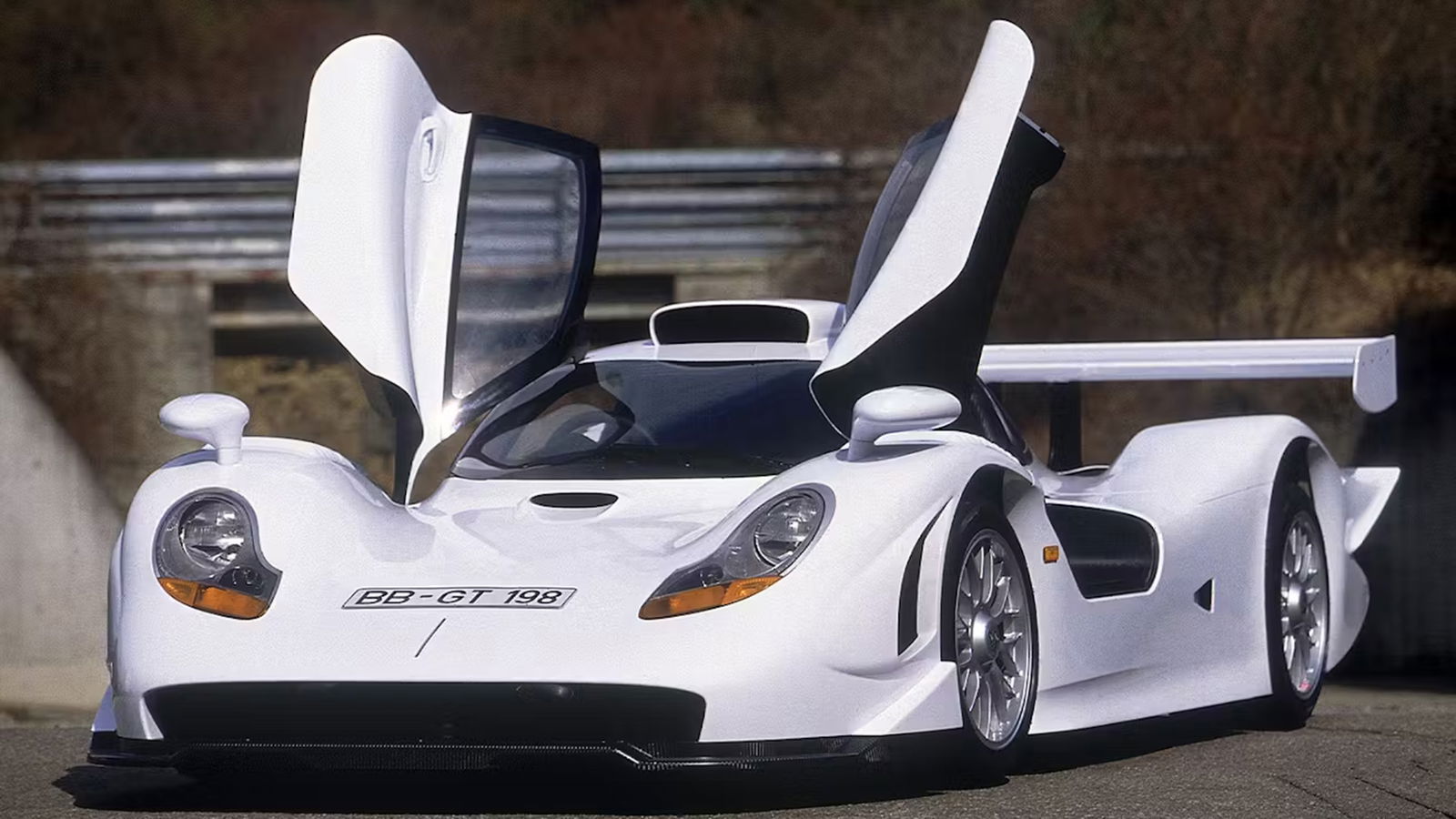
GT1 regulations introduced in the ‘90s brought along some of the best endurance racing ever seen, and some of the best cars too. Spoiler alert: There’s more than one GT1 homologation special on this list.
Most recognisable of the lot is probably the Porsche 911 GT1. With the German manufacturer wanting to return to the top class of endurance and ultimately have another crack at winning the 24 Hours of Le Mans overall, it found a neat little caveat in the rule book for homologating a car.
Rather than needing to build a race car based on a road car, it could put together some road-going versions of a race car. That led to the mid-engined Porsche 911 GT1 GT1 Strassenversion.
Initially, regulations required 25 road cars to be made, but Porsche made two examples that used 993 911 parts in 1996 and a pinky promise with rulemakers that it would build more. 1997 came, and more were produced using 996 headlights to homologate the ‘Evo’ race car before two more followed in 1998. All used a 3.2-litre twin-turbocharged flat-six, tuned to 536bhp.
Oh, and about that 25? It’s thought the final figure fell short of that by a handful, with Porsche quitting GT1 before it was required to make more.
Audi Sport Quattro
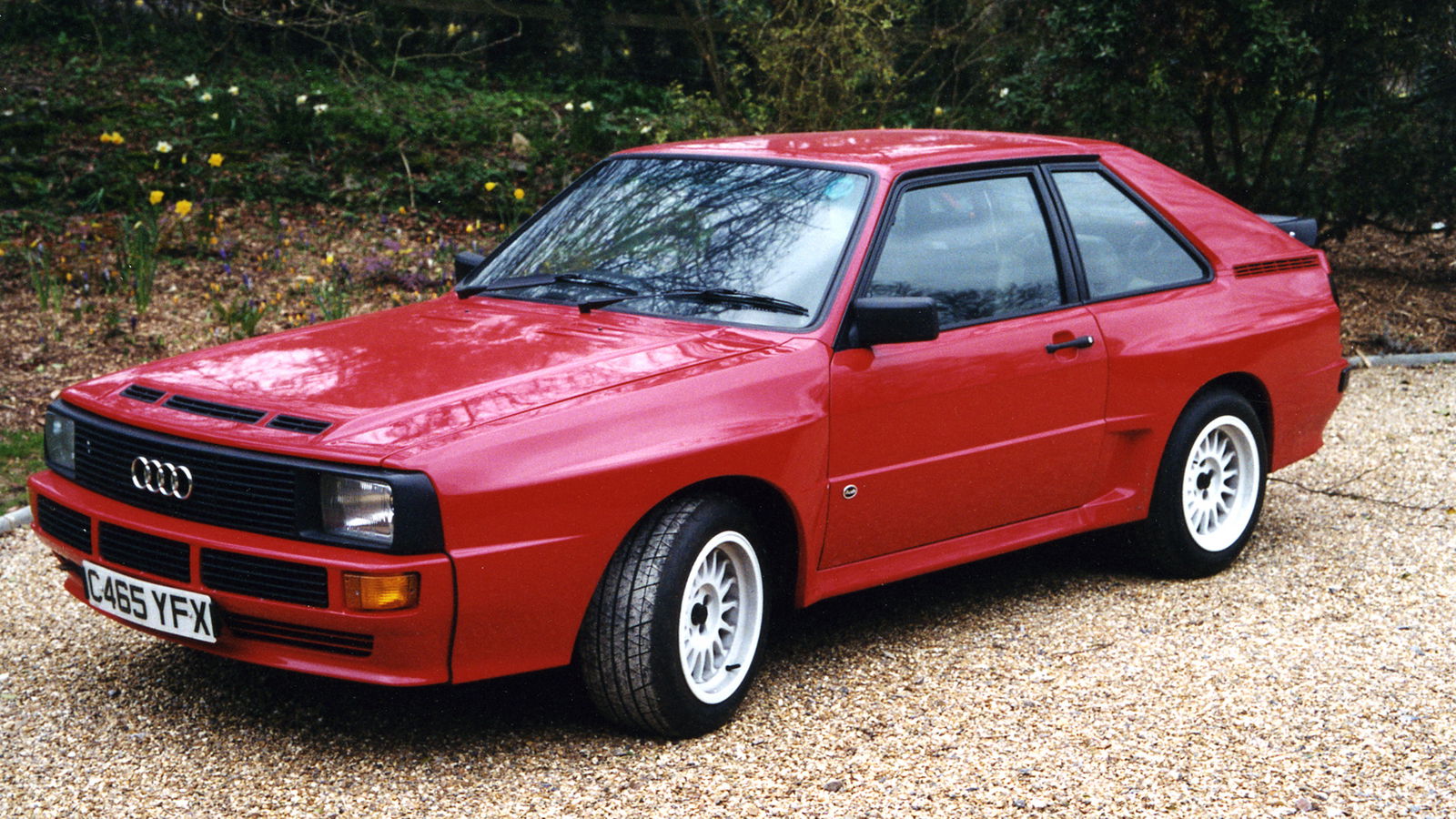
When Audi turned up to the World Rally Championship with the Quattro in 1981, it changed the face of rallying forever. As the first all-wheel drive rally car, it won three rallies in its first season before going on to dominate the 1982 season and carry Hannu Mikkola to the title in 1983.
By 1984, though, its chief rivals had caught up. Peugeot, in particular, had debuted the short-wheelbase 205 Turbo 16, which looked like it would seriously threaten Audi’s dominance in the following years.
As proved the case in 1985, when Timo Salonen won five rallies and carried the French firm to the manufacturer’s title.
While that was happening, Audi had a response of its own. Developed in 1984 and fully introduced in 1985, the Sport Quattro shortened the car’s wheelbase by a massive 320mm, while also offering 302bhp in road-going form from its 2.1-litre five-cylinder.
While the Sport Quattro would never win a title, owing to the cancellation of Group B in 1986 following a string of high-profile fatal accidents, we were blessed with 224 road-going examples.
Toyota GT-One
You know how Porsche had pinky-promised it would make 25 versions of the 911 GT1 and never did? It wasn’t the only one avoiding the full quota.
Japanese manufacturers in particular took advantage of the FIA’s leniency, Nissan twice with the R33 Nismo LM and R390. Meanwhile, there was the Toyota GT-One.
Although it wore German-registered licence plates, the GT-One was a road car by legality rather than by design. Sure, it had some elements toned down, swapping straight-cut gears for helical in its sequential gearbox, running a quieter exhaust and taking leather seats from a Lotus Elise, but it still ran a barely-touched version of the 3.6-litre twin-turbo V8 found in the race car.
It was also never sold. Toyota held on to the sole road-legal car and still owns it to this day.
Lancia Stratos HF Stradale
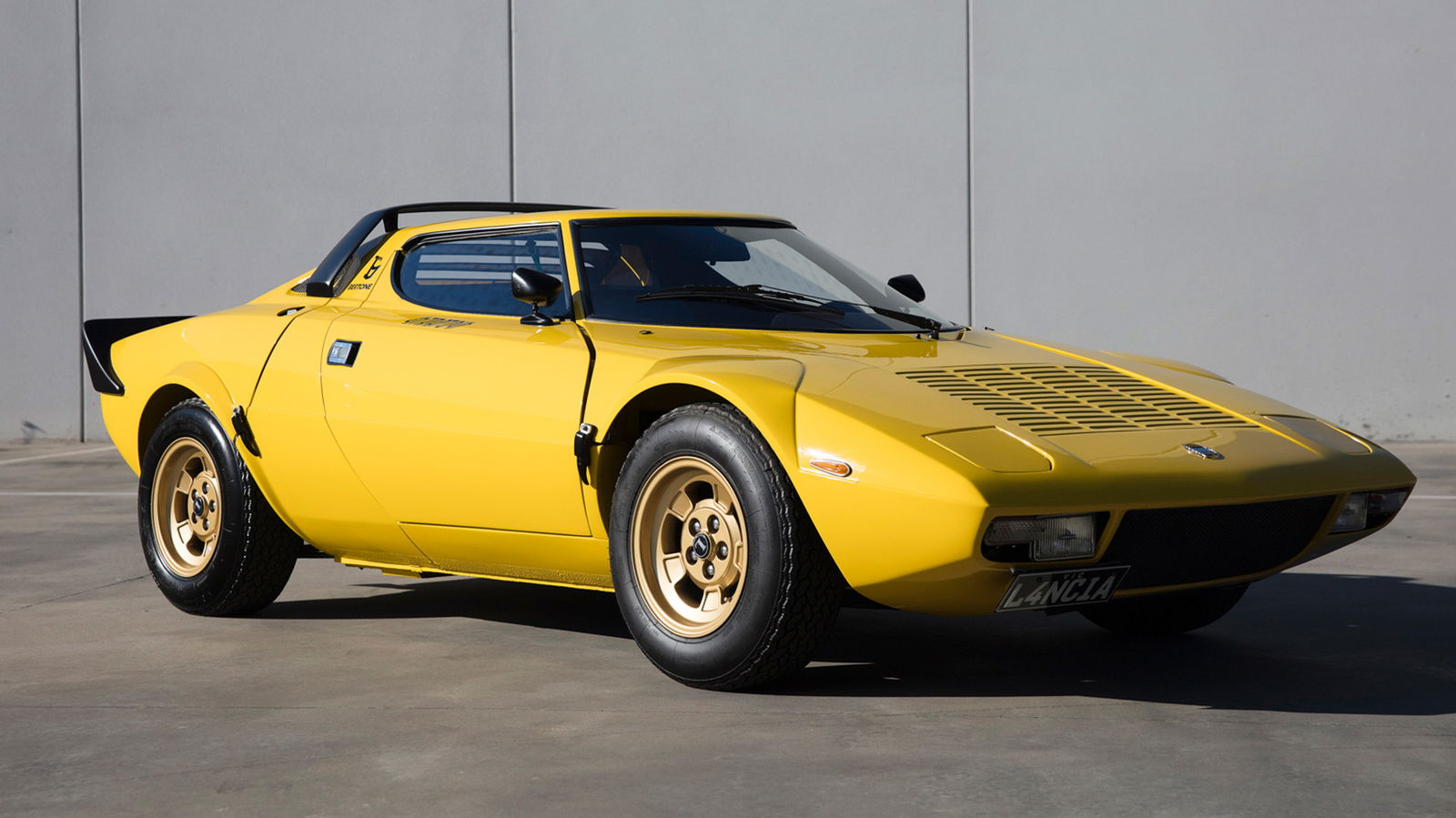
Lancia has built some of the most incredible rally cars to ever grace stages: Think the Delta Integrale, 037 and Fulvia, although one stands above them all.
The Lancia Stratos was born out of a desire to replace the ageing, front-driven Fulvia and was widely considered to be the first car designed from the outset to go rallying.
It was among the first mid-engined rally cars at a time the layout had barely been seen outside of formula and sports car racing, using a 2.4-litre Ferrari Dino V6, with a beautiful Bertone-styled fibreglass body draped over the top of a spaceframe chassis.
It was a huge success in motorsport, winning three consecutive WRC manufacturers’ titles from 1974 to 1976. Meanwhile, it’s thought that around 490 versions of the road-going HF Stradale were made.
Ford RS200
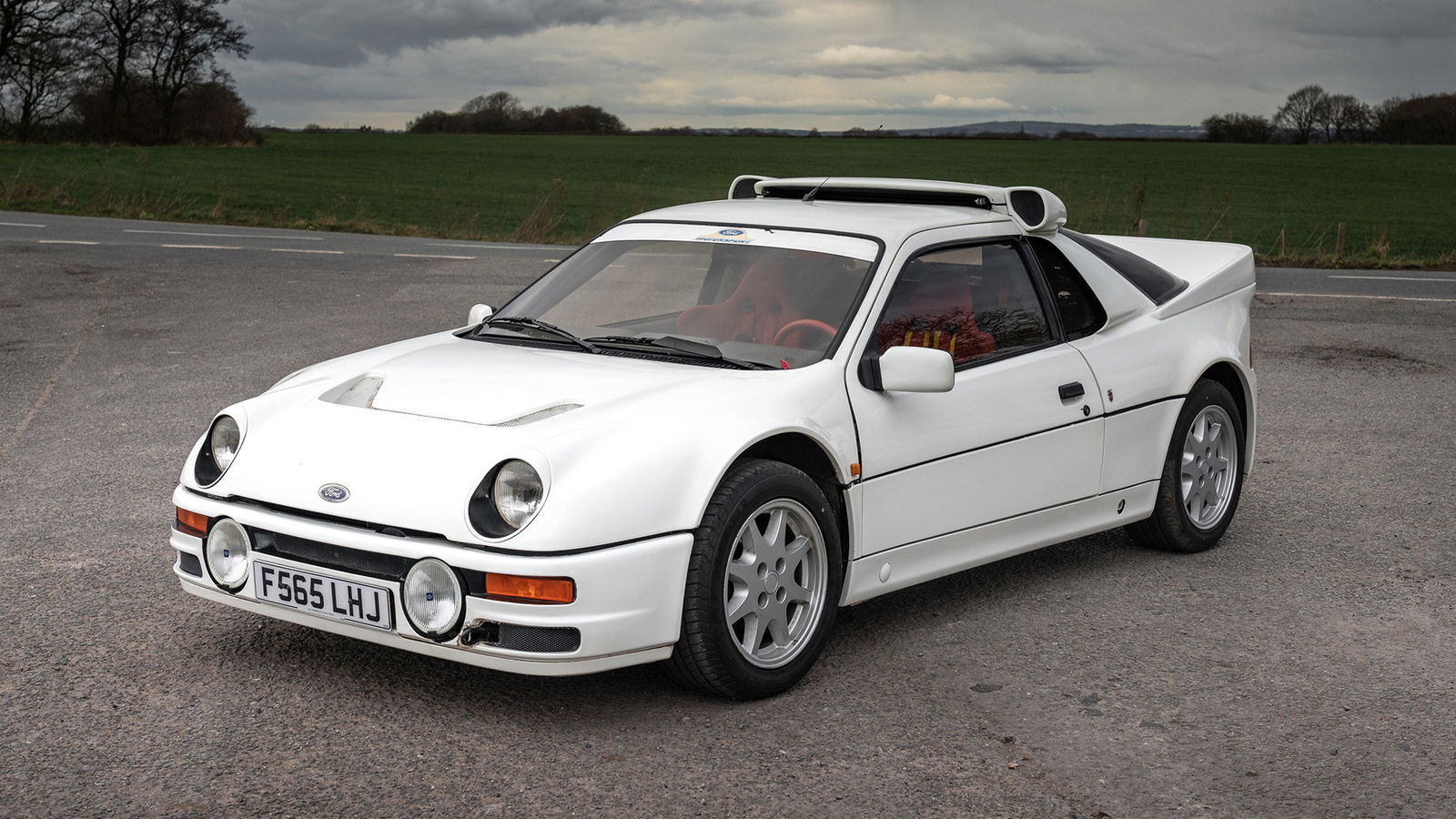
While the Ford Escort had absolutely dominated Group 3 and Group 4 rallying with the Mk1 and Mk2 Escorts, building a Mk3 to be competitive in Group B proved a real problem. The car itself was stuck in development hell from 1980 until 1982, and meanwhile, Ford’s marketing team took issue with a rear-driven Escort on a rally stage at a time the road cars had moved to front-wheel drive.
Ford eventually threw in the towel and followed Audi and Peugeot with an all-wheel drive car instead. The RS200 was born with a tiny 2.5-metre wheelbase and a boost-heavy, single turbo 1.8-litre Cosworth engine.
The road-going version produced a healthy 250bhp, while rallying versions could have as much as 450bhp. It took on WRC for the first time in 1984, but any long-term success was curtailed by Group B’s cancellation, with an RS200 involved in a dramatic accident during the 1986 Rally de Portugal, which proved to be the final straw for the category.
Subaru Impreza WRX STI Type RA

Although Subaru had made a name for itself in rallying with the Legacy RS, it was the Impreza that really established the brand as one of the legends of WRC.
Group A followed on from Group B to bring the speed of the cars down, and bring things a bit more back to earth. After some decent results with the adapted Legacy in the category in the early ‘90s, Subaru decided the smaller, lighter new Impreza would make for a better base for its rally cars.
It had a lot going for it already, with its boxer engine’s low centre of gravity and a symmetrical all-wheel-drive system. More oomph was needed, though, leading to the WRX STI.
Early versions saw the road-going EJ20 2.0-litre unit producing 247bhp, but it was the homologation Type RA that was truly special with 271bhp and a driver-controlled centre differential.
As the Impreza stormed to three WRC manufacturers’ and drivers’ titles over the years, more versions of the WRX STI kept coming, including the incredible 22B (often mistaken as a homologation car, but in reality a tribute to its WRC efforts), but the Type RA gets a spot here as the one to start it all.
BMW M3 GTR

While the E46 BMW M3 launched in 2000 with an utterly sweet straight-six engine, that power unit was deemed not enough by BMW Motorsport to make the E46 a successful GT race car.
The solution? Rock up in 2001 to the North American IMSA series with a V8-powered GTR version. The problem with doing that was that there was no road-going version to homologate the engine, leading to a small run of 4.0-litre V8-powered GTR road cars.
As well as the power unit, the GTR had a race car-esque extended front bumper, a vented bonnet and a giant carbon fibre rear wing.
For all its success on track and the awesome road car, though, we all truthfully know it best for its appearance as the Need for Speed: Most Wanted cover car.
Toyota GR Yaris
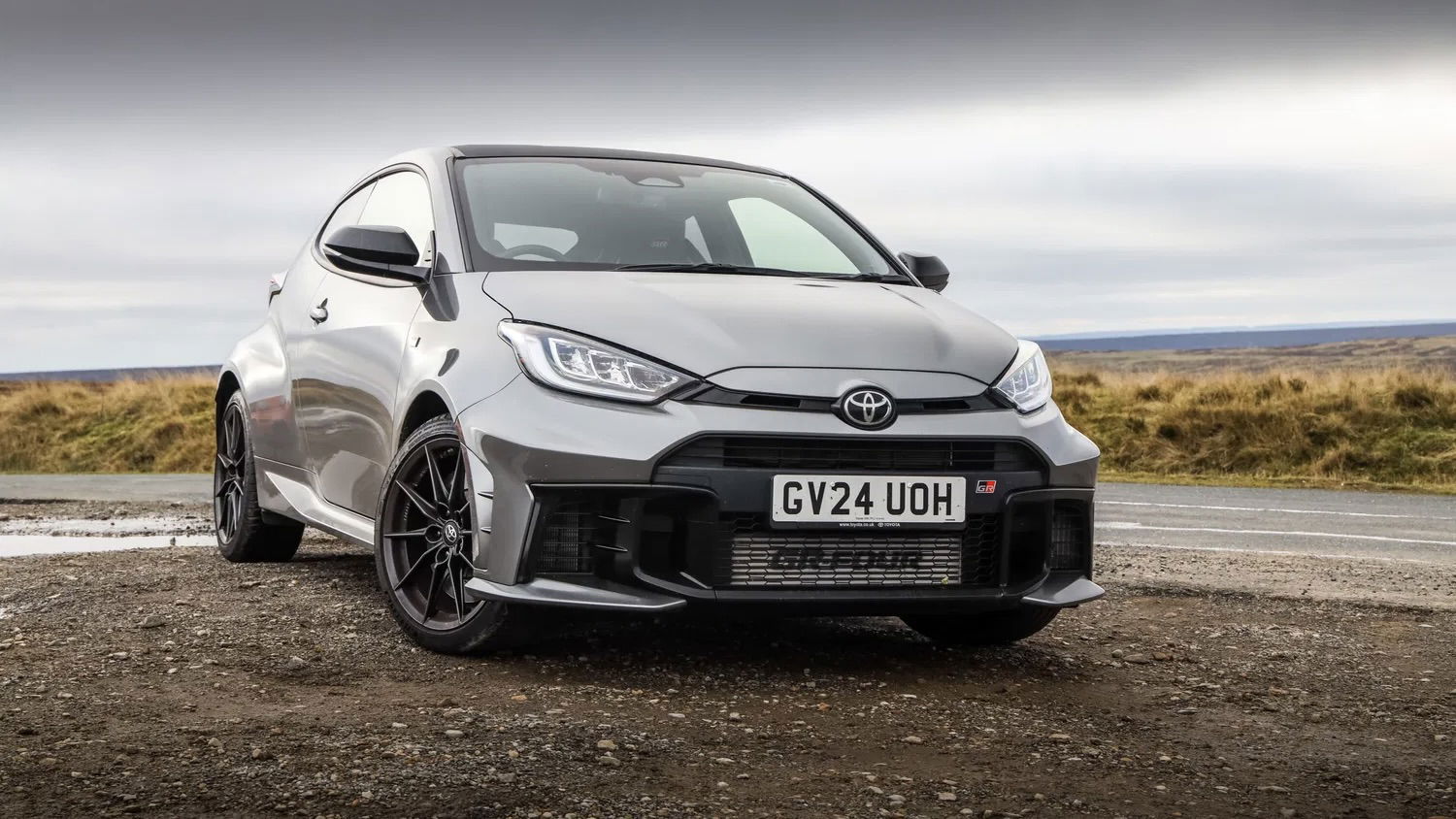
Although current-day homologation specials have fallen by the wayside as fewer motorsport regulations require hyper-focused road cars, there is one outlier.
In 2020, WRC rules required that 25,000 bodyshells of a car be homologated for a car to be eligible. That was fine for the outgoing Toyota Yaris at the time but, with a model change, the Japanese manufacturer decided it needed a dedicated platform.
So, the Toyota GR Yaris was born with an all-wheel drive system, the rear axle of a Corolla shoehorned in and an all-new 1.6-litre turbocharged three-cylinder engine, good for up to 276bhp (except in Europe, with that cut to 257bhp for emissions reasons).
A prototype rally car was built using the GR as its base with the intention of running it in 2021, but curtailed testing owing to the 2020 Covid-19 pandemic led to Toyota scrapping the project as it focused its efforts on a 2022 regulation change. The homologation proved pointless as a result, yet the GR Yaris has sold well enough for Toyota to keep it going.
Mercedes CLK GTR

Ah, another GT1 car for you. This time, the Mercedes CLK GTR, which was designed to take on the Porsche 911 GT1 head-to-head.
Like the 911, this was very much a race car-turned-road car, rather than the other way around. Really, all it shared in common with any other Mercedes on the road was the headlights, taillights and grille from the regular CLK.
Housed in the middle was an AMG-built naturally-aspirated 6.9-litre V12 with a mighty 604bhp on tap. Meanwhile, it gained such comforts as leather upholstery, air conditioning and err, that’s about all.
Mercedes did fill the quota of 25 at least, and then a few more. 20 coupes, six roadsters and then later two ‘Supersport’ versions with the 7.3-litre V12 that would later be used by Pagani.
McLaren F1 GT
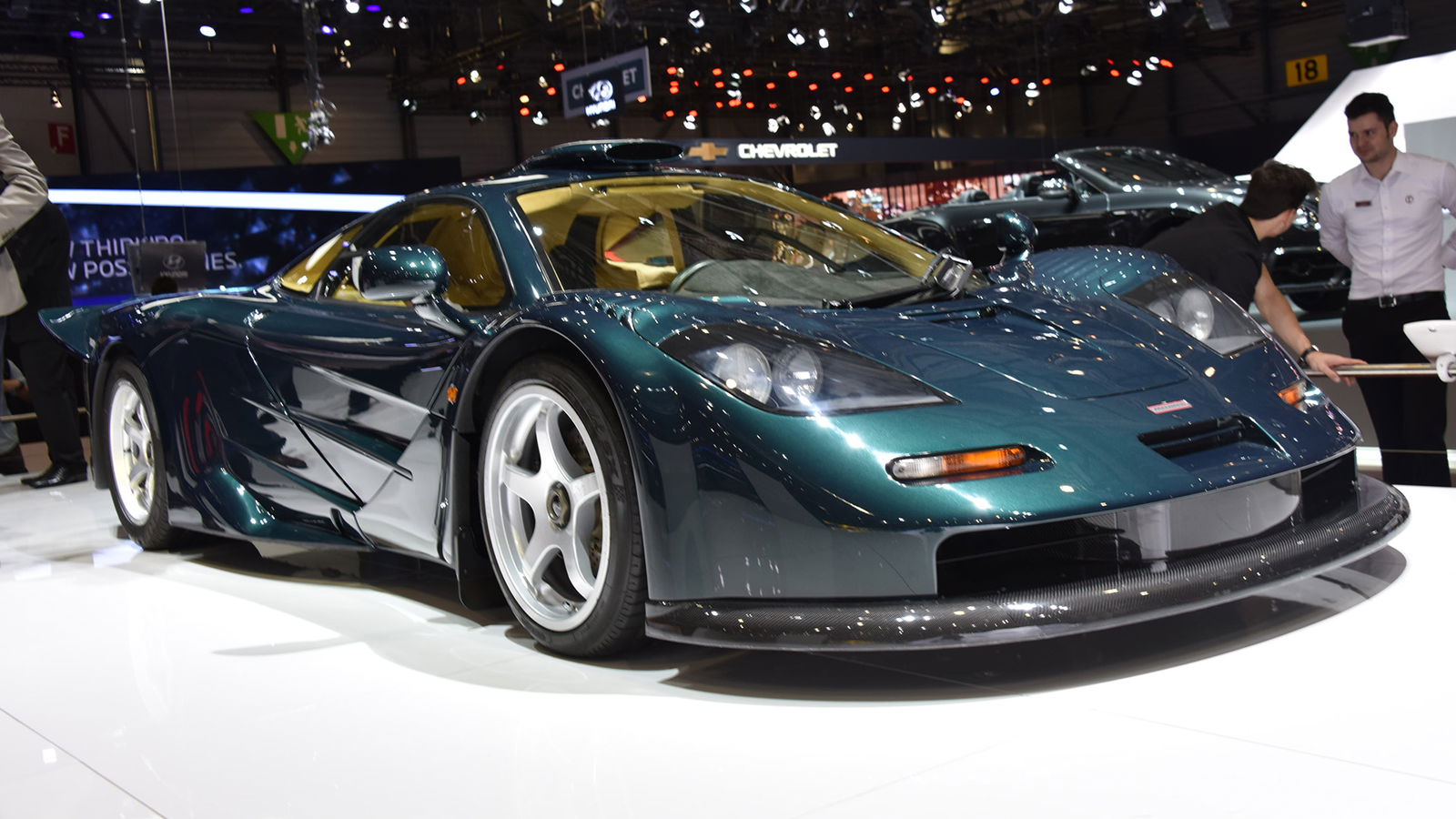
Despite how much its legendary win at the 1995 24 Hours of Le Mans plays a role in the storied history of the McLaren F1, it was never designed to go racing.
That didn’t stop McLaren from wanting more success, though. The problem was that the homologated, stubby version of the F1 had compromised aerodynamics compared with longer, aero-laden rivals (see the Porsche and later Mercedes).
As a result, it built three F1s in 1997 in ‘GT’ spec. With extended front and rear sections, as well as wider arches, it allowed McLaren to go racing with the F1 GTR Longtail. It could’ve gotten away with making just one, but had demand from customers to build a couple more – including one which headed to the Sultan of Brunei.
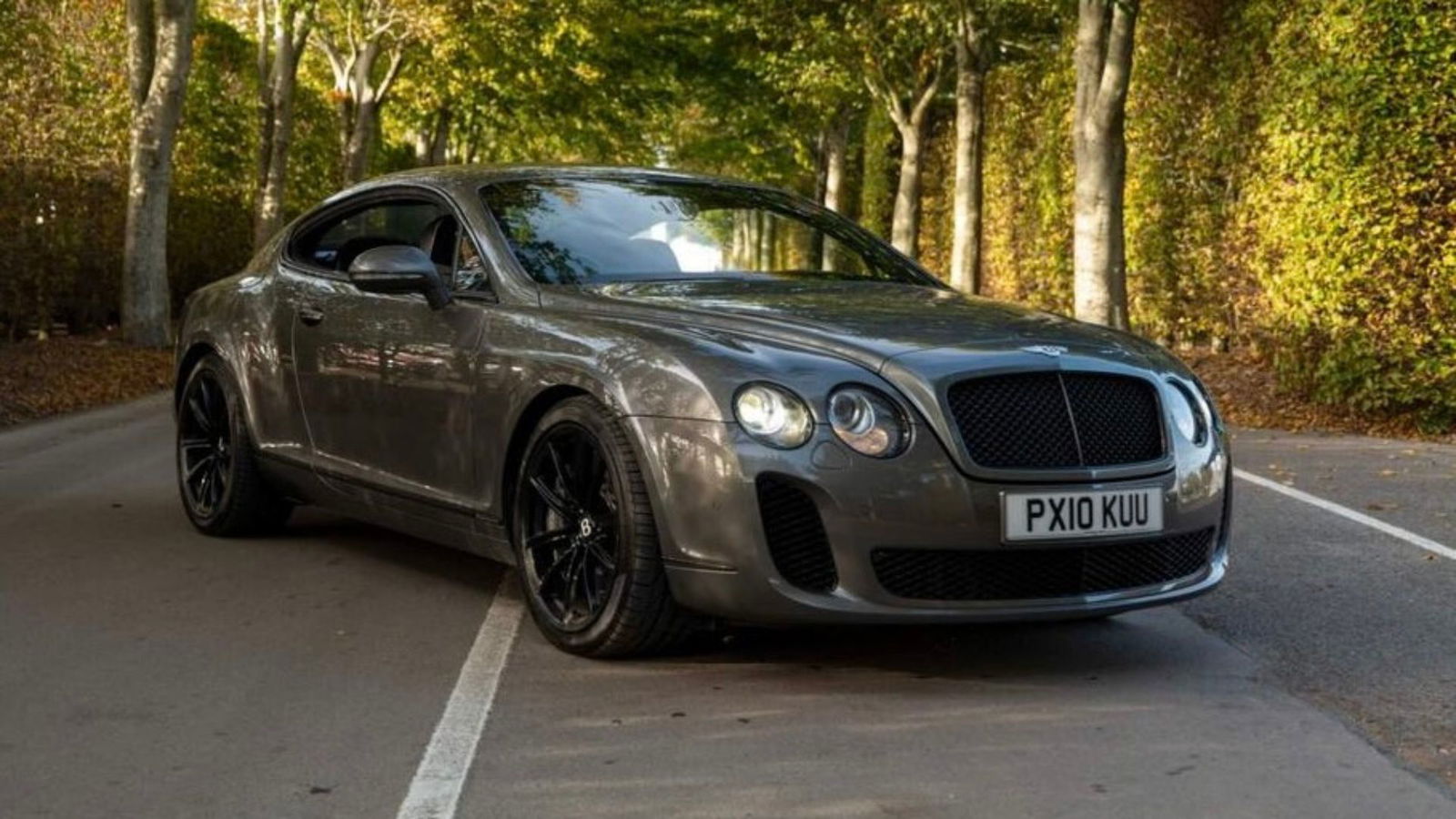
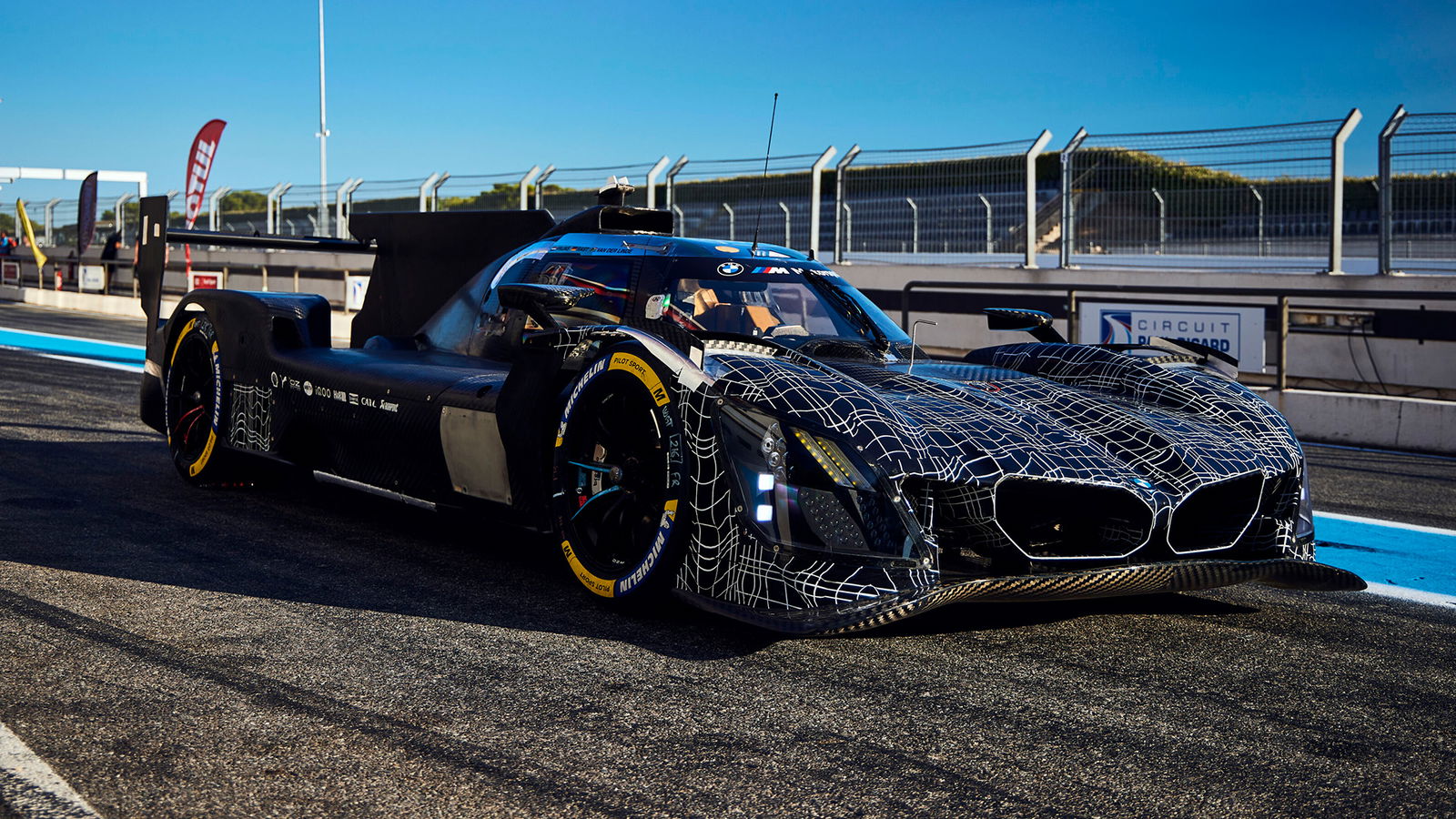











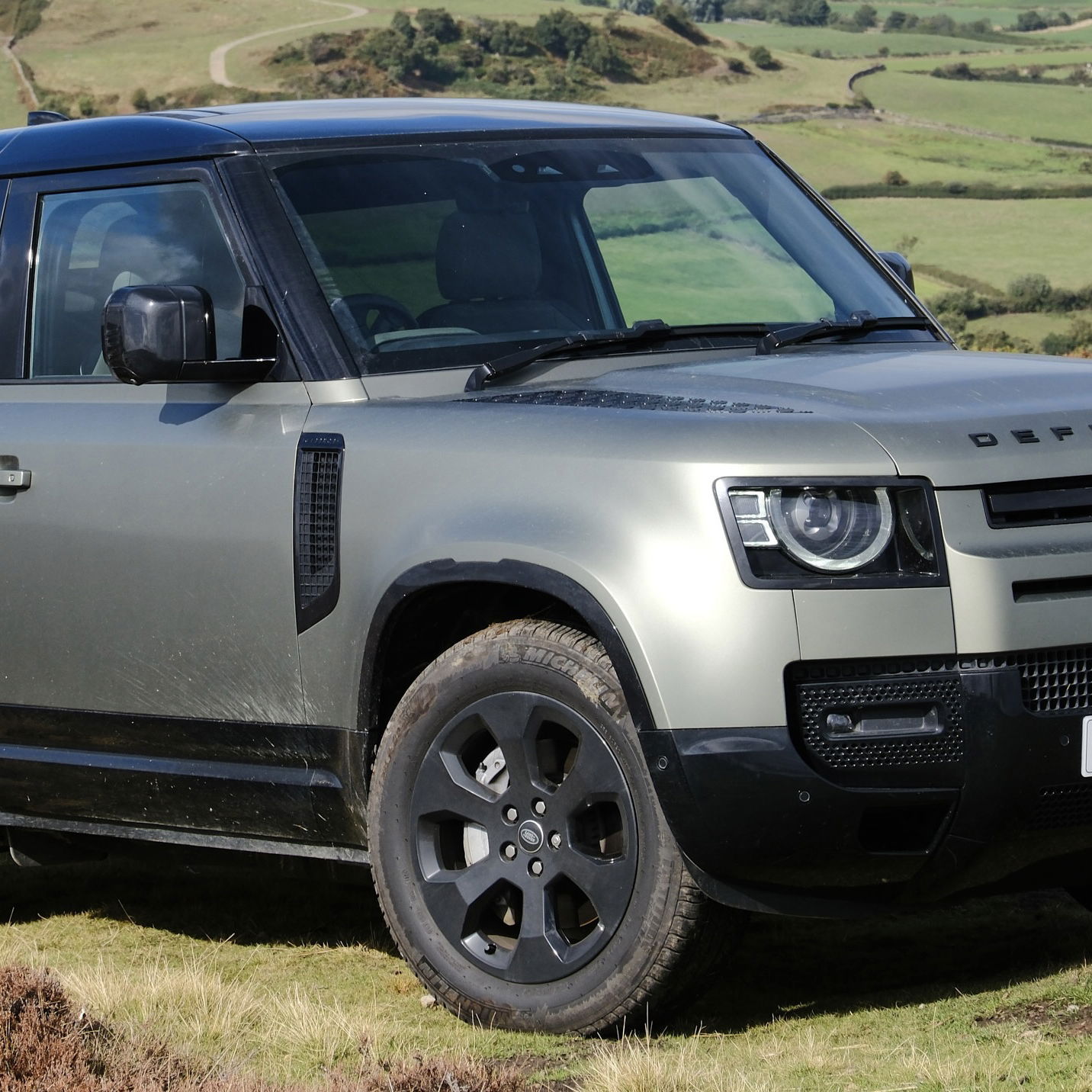

Comments